
A comic book, also called comicbook, comic magazine or simply comic, is a publication that consists of comics art in the form of sequential juxtaposed panels that represent individual scenes. Panels are often accompanied by descriptive prose and written narrative, usually, dialogue contained in word balloons emblematic of the comics art form.
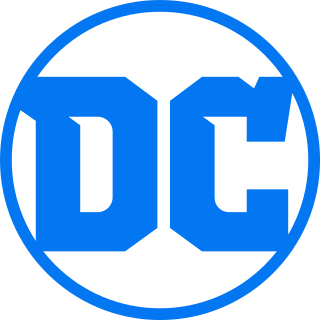
DC Comics, Inc. is an American comic book publisher and the flagship unit of DC Entertainment, a subsidiary of Warner Bros. Discovery. DC is an initialism for "Detective Comics", an American comic book series first published in 1937.
Image Comics is an American comic-book publisher and is the third-largest direct-market comic-book and graphic-novel publisher in the industry by market share.
A minicomic is a creator-published comic book, often photocopied and stapled or with a handmade binding. In the United Kingdom and Europe the term small press comic is equivalent with minicomic, reserved for those publications measuring A6 or less.

Jim Lee is a Korean-American comic-book artist, writer, editor, and publisher. He is currently the President, Publisher and Chief Creative Officer of DC Comics. In recognition of his work, Lee has received a Harvey Award, Inkpot Award and three Wizard Fan Awards.

Robert Liefeld is an American comic book creator. A prominent writer and artist in the 1990s, he is known for co-creating the character Cable with writer Louise Simonson and the character Deadpool with writer Fabian Nicieza. In the early 1990s, Liefeld gained popularity due to his work on Marvel Comics' The New Mutants and later X-Force. In 1992, he and several other popular Marvel illustrators left the company to found Image Comics, which started a wave of comic books owned by their creators rather than by publishers. The first book published by Image Comics was Liefeld's Youngblood #1.

Malibu Comics Entertainment, Inc. was an American comic book publisher active in the late 1980s and early 1990s, best known for its Ultraverse line of superhero titles. Notable titles published by Malibu included The Men in Black, Ultraforce, and Night Man.

Youngblood is a superhero team that starred in their self-titled comic book series, created by writer/artist Rob Liefeld. The team made its debut as a backup feature in RAMM #1 before the next month appearing in the one-shot Megaton Explosion #1 before later appearing in April 1992 in its own ongoing series as the flagship publication for Image Comics and the wider Image Universe. Youngblood was originally published by Image Comics, and later by Awesome Entertainment. Upon Rob Liefeld's return to Image Comics, it was revived in 2008, 2012, and 2017. In 2019, Liefeld revealed that he has not owned the rights to Youngblood for several years.
In comics in the United States, a trade paperback is a collection of stories originally published in comic books, reprinted in book format, usually presenting either a complete miniseries, a story arc from a single title, or a series of stories with an arc or common theme.
Glory is a comic book superheroine created by Rob Liefeld. She first appeared in Image Comics Youngblood Strikefile #1, and initially starred in books published by Liefeld's Extreme Studios, which was a partner studio of Image Comics, a publisher that Liefeld co-founded in 1992. Following Liefeld's departure from that publisher, the character went on to appear in books published by Liefeld's subsequent endeavor, Awesome Comics. A homage to Wonder Woman, Gloriana Demeter is a half-Amazonian, half-Demon warrior.
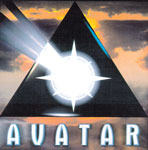
Avatar Press is an independent American comic book publisher founded in 1996 by William A. Christensen, and based in Rantoul, Illinois. It was originally known for publishing bad girl comics, such as Pandora, Hellina, Lookers, The Ravening, and Brian Pulido's Lady Death. Later the company became better known for publishing particularly violent titles by popular and critically acclaimed writers such as Alan Moore, Garth Ennis, Warren Ellis, Jonathan Hickman, and Kieron Gillen.
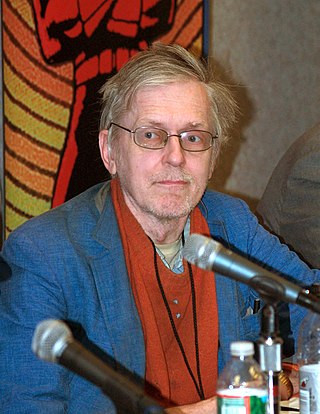
Peter Sanderson Jr. is an American comic book critic and historian.
Awesome Comics or Awesome Entertainment was an American comic book studio formed in 1997 by Rob Liefeld following his expulsion from Image Comics, a company he co-founded five years prior.
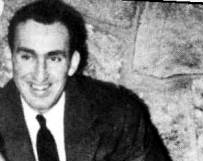
Creig Valentine Flessel was an American comic book artist and an illustrator and cartoonist for magazines ranging from Boys' Life to Playboy. One of the earliest comic book illustrators, he was a 2006 nominee for induction into the comics industry's Will Eisner Hall of Fame.

Fred Hembeck is an American cartoonist best known for his parodies of characters from major American comic book publishers. His work has frequently been published by the firms whose characters he spoofs. His characters are always drawn with curlicues at the elbows and knees. He often portrays himself as a character in his own work, in the role of "interviewer" of various comic book characters. Interviewer Daniel Best has said of his work, "If you take your comic books seriously, and think that those characters are real, then you're probably not a fan of Hembeck."

Iconology Inc., d/b/a ComiXology, was a cloud-based digital distribution platform for comics owned by Amazon, with over 200 million comic downloads as of September 2013. It offers a selection of more than 100,000 comic books, graphic novels, and manga across Android, iOS, Kindle Fire, Windows 10, and the Internet.
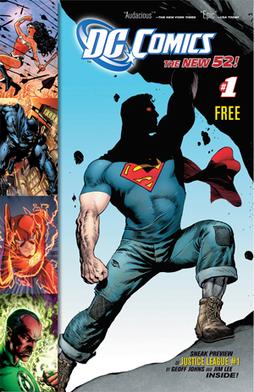
The New 52 was the 2011 revamp and relaunch by DC Comics of its entire line of ongoing monthly superhero comic books. Following the conclusion of the "Flashpoint" crossover storyline, DC cancelled all its existing titles and debuted 52 new series in September 2011. Among the renumbered series were Action Comics and Detective Comics, which had retained their original numbering since the 1930s.

Black Mask Studios is a comic book and graphic novel publishing company formed by Matt Pizzolo, Steve Niles and Brett Gurewitz, designed as a new infrastructure to support comic book creators and a new pipeline for transgressive art.

Real Fact Comics is a series of educational American comic books published by three early iterations of DC Comics: World's Best Comics, Inc., Detective Comics, Inc., and National Comics Publications. The series lasted for 21 issues with cover dates from March/April 1946 to July/August 1949. Like most educational comics besides the Parents' Magazine Institute's flagship series, True Comics, the series suffered from poor sales.
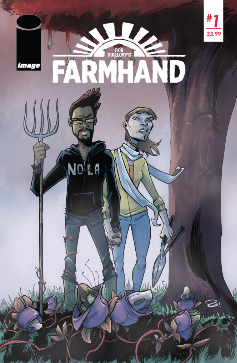
Farmhand is an American comic book created, written, and illustrated by Rob Guillory with help from letterer Kody Chamberlain and colorist Taylor Wells. It has been published in monthly installments and paperback collections by Image Comics since July 2018.















